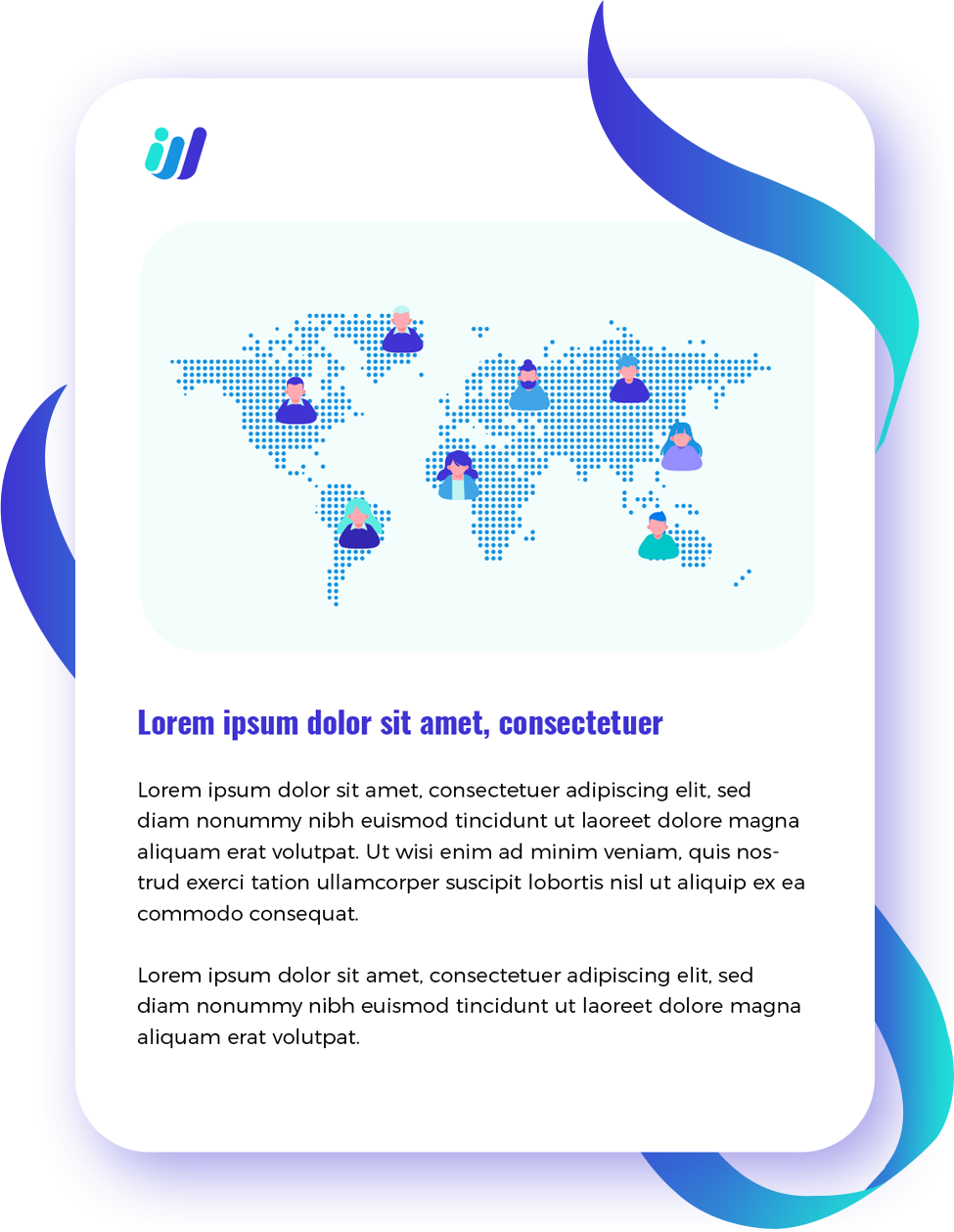In today’s dynamic business landscape, where the concept of outsourcing has evolved significantly, upskilling has emerged as a crucial strategy for businesses, particularly those engaged in Third Wave Outsourcing. As the paradigm shifts from mere cost-cutting measures to tapping into global talent pools, the emphasis on enhancing the capabilities of your workforce becomes paramount. In this article, we delve into the significance of upskilling within the realm of Third Wave Outsourcing and explore actionable tips for businesses to thrive in this new era.
Understanding Upskilling
Upskilling involves the continuous training and development of employees to enhance their proficiency in their respective roles. In the context of Third Wave Outsourcing, where the demand for highly skilled technical talent transcends geographical boundaries, upskilling assumes even greater importance. By investing in the professional growth of your workforce, businesses can unlock a myriad of benefits:
- Adapting to Evolving Support Channels
In today’s tech-driven world, customer support channels are constantly evolving. A robust upskilling strategy enables your workforce to seamlessly transition between different support types, whether it’s telephonic support, chat support, or beyond. This flexibility ensures that your business remains agile and responsive to changing customer needs.
- Enhancing Operational Efficiency
By upskilling your workforce, you empower them to streamline internal processes and minimize business downtime. Equipped with advanced skills and knowledge, your employees can troubleshoot issues more efficiently, thereby enhancing productivity and driving operational excellence.
- Elevating Service Quality
In an era where customer experience reigns supreme, upskilled employees are better equipped to deliver exceptional service consistently. By staying abreast of the latest industry trends and technologies, your workforce can meet and exceed customer expectations, fostering long-term loyalty and satisfaction.
- Bridging Talent Gaps
Upskilling plays a pivotal role in bridging critical talent gaps within your organization. Through targeted training initiatives, businesses can address skill shortages, ensuring that their workforce possesses the requisite competencies to thrive in a competitive landscape.
Strategies for Effective Upskilling
Now that we’ve established the importance of upskilling, let’s explore practical strategies that businesses can implement to empower their workforce:
- Talent Gap Analysis
Conduct a comprehensive talent gap analysis to identify existing skill gaps and align training initiatives with organizational objectives. By understanding the evolving needs of your business and clients, you can tailor your upskilling efforts to address specific areas of improvement.
- Job Simulations
Utilize realistic job simulations and tests to prepare candidates for the challenges inherent in customer support roles. By providing candidates with a glimpse into the day-to-day responsibilities of the job, you can ensure that they are adequately equipped to excel in their roles from day one.
- Mentorship Programs
Implement mentorship programs to facilitate knowledge transfer and skill development within your organization. Experienced agents can mentor junior employees, sharing insights and best practices gleaned from their industry expertise. This not only fosters a culture of continuous learning but also reduces employee turnover and enhances employee engagement.
- Internal Mobility
Encourage internal mobility by identifying talented individuals within your organization and providing them with opportunities for growth and advancement. By nurturing existing talent and facilitating career progression, you can retain top performers and cultivate a dynamic, multi-skilled workforce.
- Data-Driven Performance Management
Utilize data-driven performance management tools to track the effectiveness of your upskilling initiatives. By analyzing key performance metrics and feedback loops, you can identify areas for improvement and refine your training programs accordingly. This iterative approach ensures that your upskilling efforts remain aligned with business objectives and yield tangible results.
Final Thoughts
In the era of Third Wave Outsourcing, upskilling isn’t just a strategic imperative – it’s a competitive advantage. By investing in the development of your workforce, you position your business for long-term success and resilience in an increasingly complex global marketplace. Embrace upskilling as a cornerstone of your outsourcing strategy and empower your employees to thrive in the Third Wave of Outsourcing and beyond.
For an in-depth exploration of these strategies and more, download our free eBook, “Third Wave Outsourcing,” and position your business to thrive in this new era of global talent acquisition.



